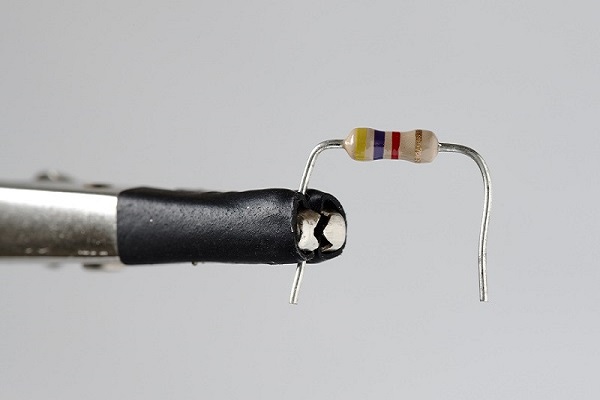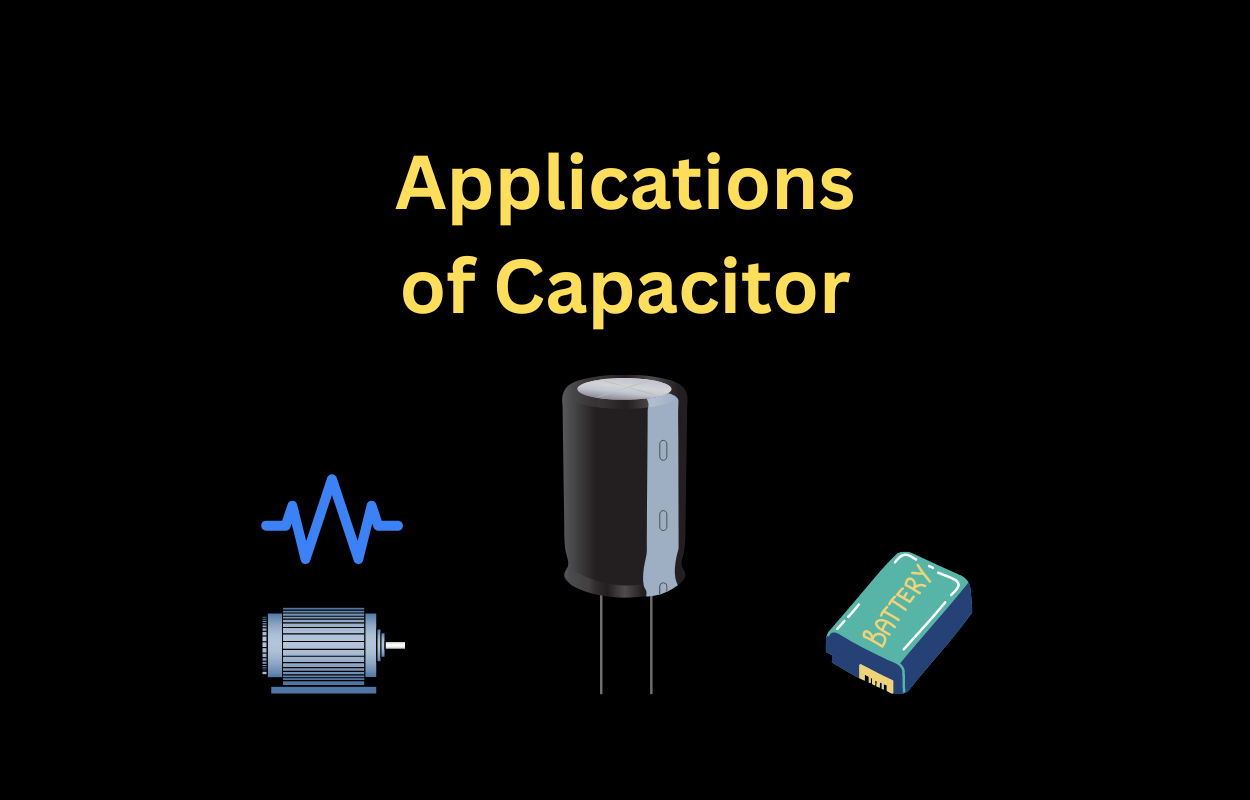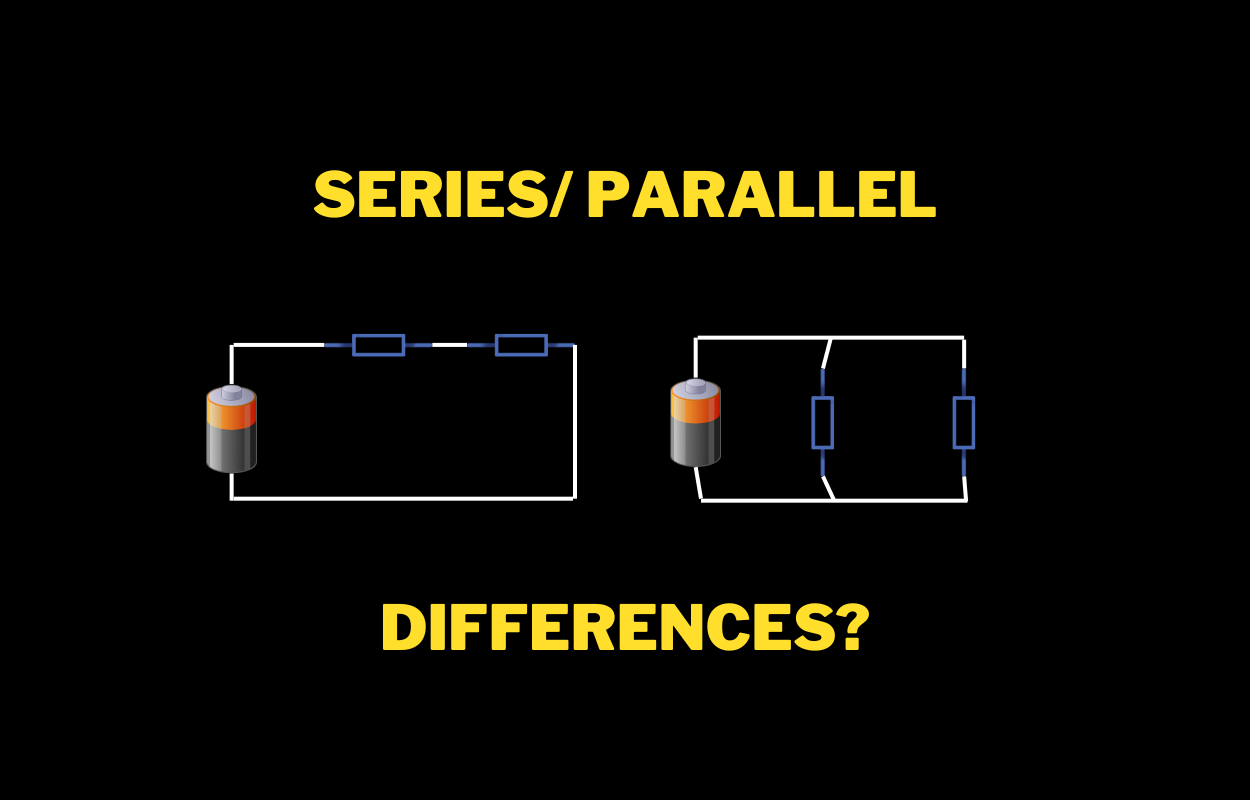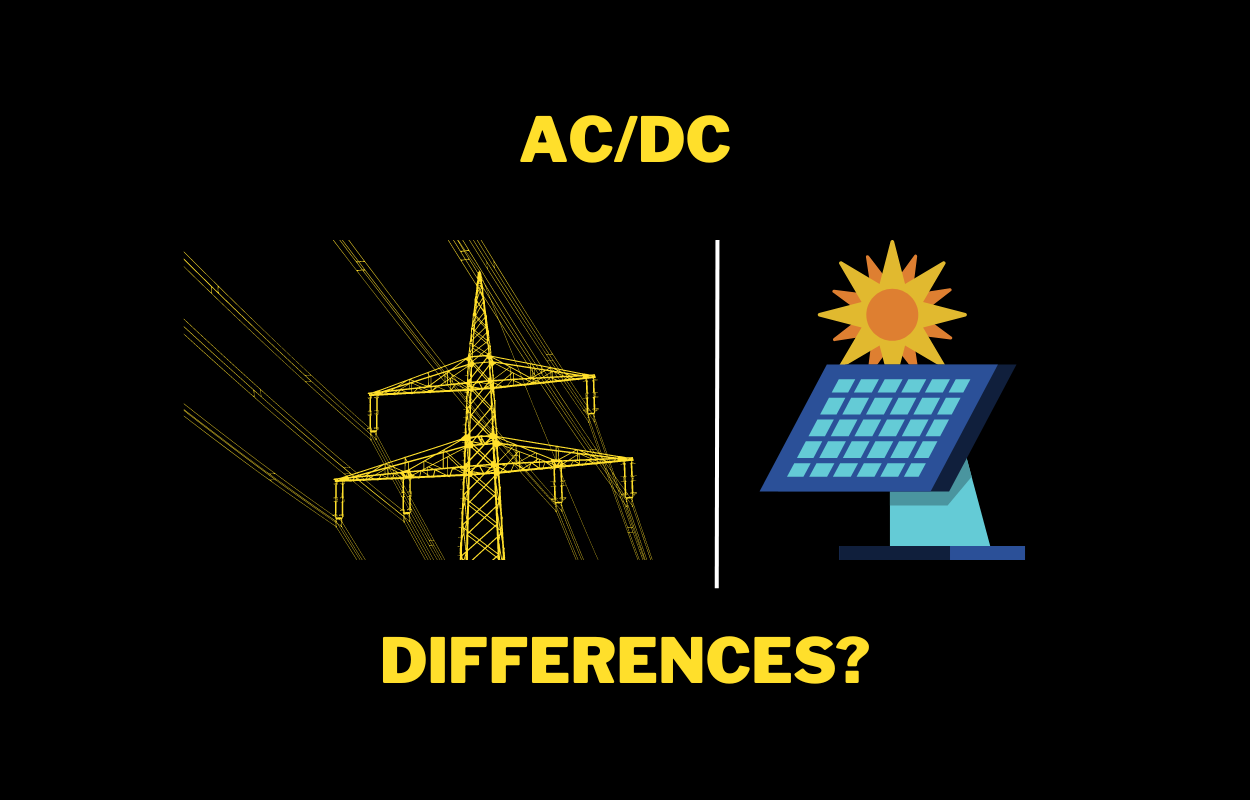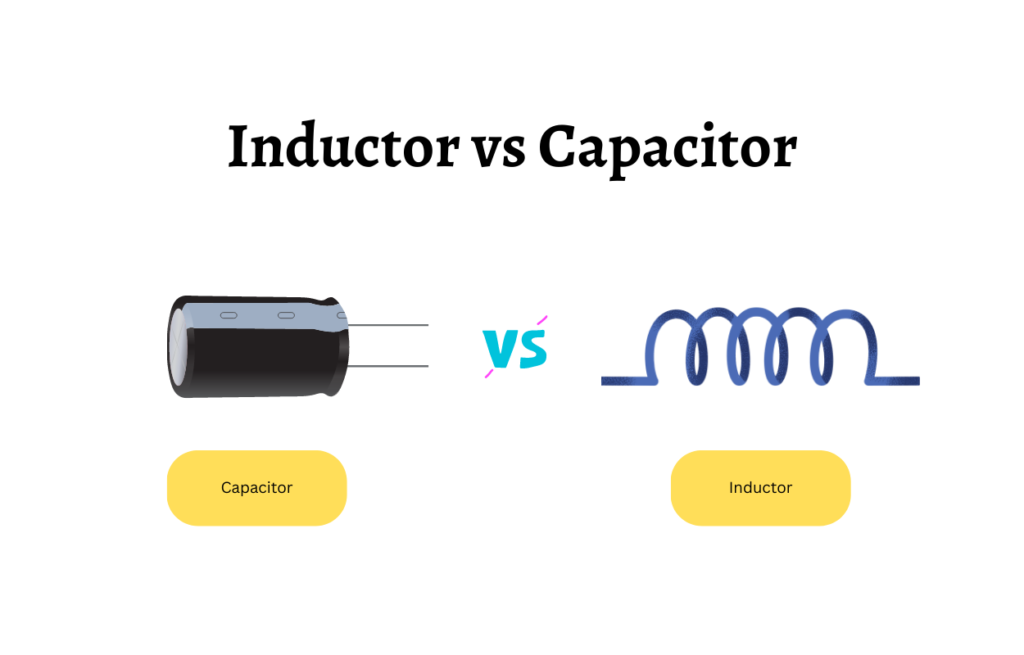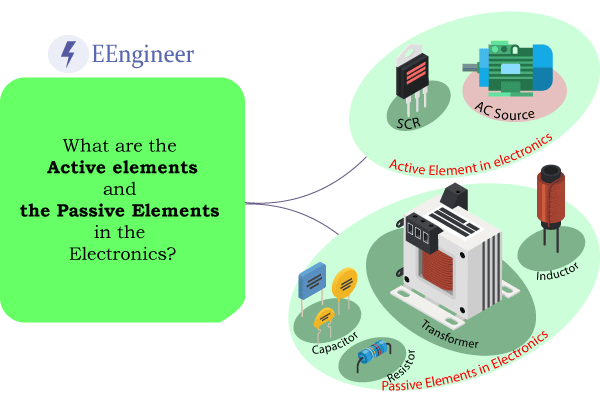What is a Resistor? Definition, Unit, Symbol, Types, Color Code
What is a Resistor? A Resistor is an electrical component that reflects electrical resistance to the circuit current. It is a passive Element which means it only absorbs the electrical power. It cannot deliver power to the circuit connected with this element. Here we are discussing the Resistor definition, unit, symbol, types, color code, and applications. A … Read more
